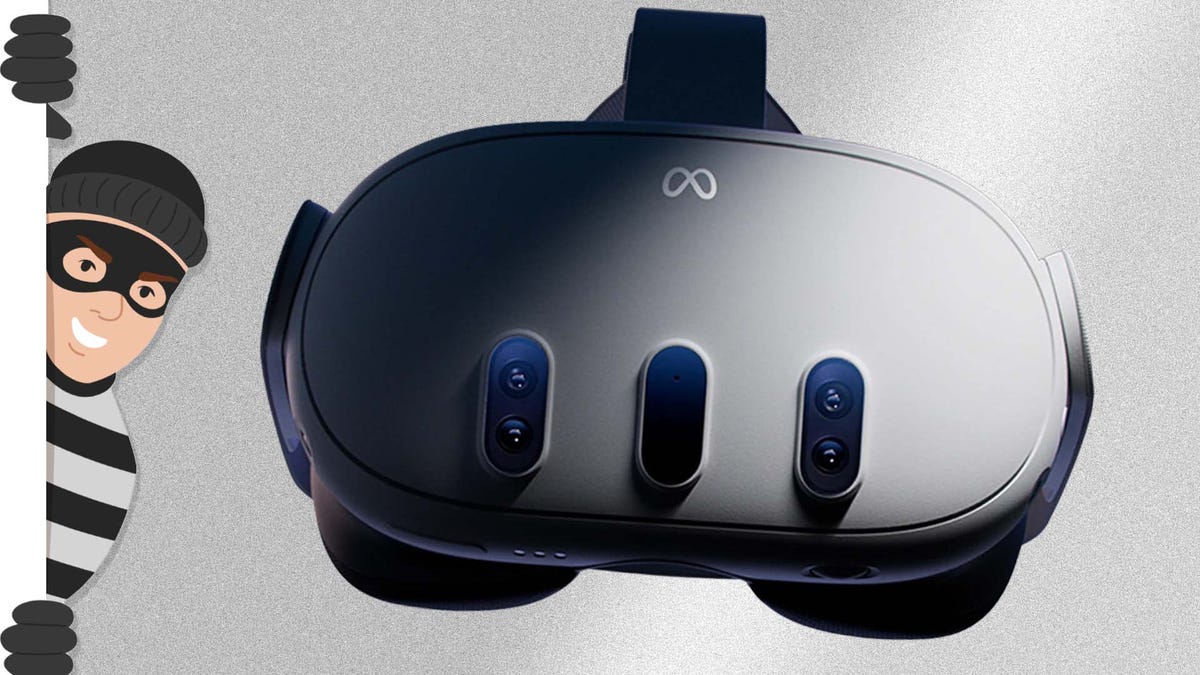The latest wave of high-end handheld gaming PCs is upon us with OneXPlayer’s OneXFly F1 Pro leading the charge. This remarkable device, touted as the world’s first handheld gaming PC powered by AMD Ryzen AI 300, has just hit the presale stage, available for eager buyers until the end of November, as listed on the official OneXPlayer store.
The OneXFly F1 Pro sets its sights on competing with models like the Asus ROG Ally X, especially those equipped with Ryzen Z1 Extreme or Ryzen 7 8840U, specifically the Ryzen AI 9 HX 370 version. But don’t underestimate its sibling, the Ryzen AI 9 365, which packs quite a punch compared to previous generations, matching them in power efficiency—a topic we’ll delve into shortly.
To start, if you’re considering snapping one up during the presale, it’s key to know you’re looking at two main variants among the six configurations available. There are models featuring the Ryzen AI 9 365 and others with the more robust Ryzen AI 9 HX 370. The Ryzen AI 9 365 gives you options for 1 TB or 2 TB storage starting at $1,099, while the AI 9 HX 370 configurations range from 1 TB to a hefty 4 TB, alongside 32 GB to 64 GB RAM, kicking off at $1,339.
Here’s a quick specs rundown to whet your appetite:
- CPU: The AI 9 365 variant houses 10 Zen 5 cores and 20 threads, whereas the AI 9 HX 370 cranks it up to 12 cores and 24 threads.
- Integrated GPU: The 365 model features Radeon 880M graphics with 12 RDNA 3.5 Compute Units, while the HX 370 sports a Radeon 890M with 16 Compute Units.
- RAM: The former has a stable 32 GB LPDDR5X setup, and the latter offers options between 32 GB and 64 GB.
- Storage: You have NVMe 4.0 configurations ranging from 1 TB to 4 TB.
- Display: Both models feature a 7-inch, 1080p OLED display, boasting a snazzy 144 Hz refresh rate with dynamic 800-nit brightness, perfect for high-contrast gaming scenarios.
Now, what’s exciting about the OneXFly F1 Pro isn’t just its impressive specs. It promises a vivid 7-inch OLED screen that’s wonderfully bright, ideal for HDR content and demanding visuals. Let’s talk trade-offs. The Steam Deck OLED surpasses with 1000 nits brightness but is limited by a 90 Hz refresh rate and a lower pixel count of 1280 x 800 resolution. Nevertheless, the strategic choices OneXPlayer made make sense, especially when resolution scaling offers a pathway to maximizing intense game visuals, thanks to enhanced FSR support across Windows and Linux.
While the most comprehensive benchmarks come from OneXPlayer themselves—which should be taken with a pinch of skepticism, though they do align well with the model’s on-paper potential—the standout might just be that Ryzen AI 9 365 model. It can outmatch its predecessors watt-for-watt, while its Radeon 880M matches the compute power of last-gen options, showing tangible RDNA improvements.
How do these specs perform in the real world? Here’s a snapshot of benchmark results when pitted against the Asus ROG Ally X. In low settings for Cyberpunk 2077 and Black Myth: Wukong, the Pro impresses with higher average frames per second, reaffirming its superior performance.
Looking at these factors, the OneXFly F1 Pro pitches itself strongly as a frontrunner in the handheld PC market. The main omission? High-end connectivity options like OCuLink or eGPU support are absent, which might slightly hinder those wanting to dock this powerhouse for an external GPU experience—though the USB4 ports do make up for some of it.
As for price, starting from $1,099 or $1,339 depending on the CPU model, it poses the question: Is it worth the extra bucks over the now $799 and still strong Asus ROG Ally X or even the more budget-friendly Steam Deck OLED at $549? Ultimately, the call rests on what you’re seeking—if cutting-edge handheld performance is your goal and you’re ready to justify the cost over return on frame rates, securing a presale unit might just be your ticket.
For those less sure, patience might pay off for deeper reviews and new entries into the space, but do keep in mind that prices will hike post-presale.







![[FREE Game Giveaway] Win Lost Records: Bloom and Rage for PlayStation 5 (NA Region) [FREE Game Giveaway] Win Lost Records: Bloom and Rage for PlayStation 5 (NA Region)](https://www.gamerlounge.co.uk/wp-content/uploads/2025/04/FREE-Game-Giveaway-Win-Lost-Records-Bloom-and-Rage-for-360x180.jpg)







































